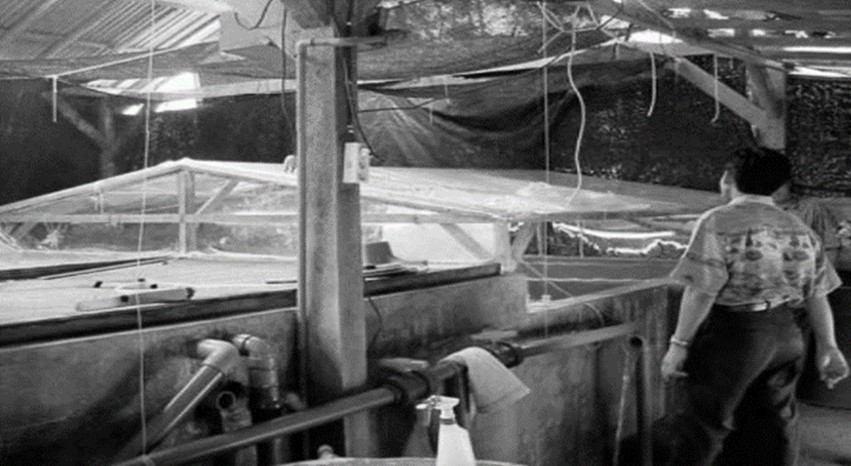OPTIMIZING DIGITAL-BASED QUALITY FISHERIES PRODUCTION THAT IS SAFE, AND ENVIRONMENTALLY FRIENDLY AS AN ECONOMIC IMPROVEMENT FOR COASTAL COMMUNITIES
Main Article Content
Abstract
Meeting public demand for high quality food is greatly influenced by good fisheries production. Quality fisheries production is influenced by the availability of fish food. In this context, the aquaculture sector has experienced significant growth and has great potential to meet the need for high quality fishery products throughout the world. However, investment is needed in developing local raw materials and reducing dependence on imports to overcome the problem of availability of fish feed raw materials, especially fish meal. In this effort, fish meal certification will ensure the quality of fish feed raw materials, which in turn improves the overall quality of fisheries production. In addition, the use of digital technology in the fisheries sector has played an important role in increasing production, ensuring environmental sustainability, and supporting the economy of coastal communities. However, the government, fisheries farmers and other related parties must work together to achieve the best results. The use of this technology is also driven by the development of digital infrastructure, education and training. Fisheries have great potential to become a sustainable economic force, maintain environmental sustainability, and provide great benefits to coastal communities and people around the world by combining high-quality fisheries production, development of local raw materials, and responsible application of digital technology. In conclusion, digitally based safe and environmentally friendly high-quality fisheries are an important step to achieve this goal.
Downloads
Article Details
References
Kwarta, Agung. Aspek Digitalisasi dalam Peningkatan Marketing pada Perusahaan Jasa Angkutan Laut.
Fajar, J. (2021). Pakan Ikan, Dilema Produksi dalam Negeri atau Impor.
M. Riyadh, “Fish Terminal Design To Reduce Fishermen Operation Costs In Banda Island”, Journal of Maritime Technology and Society, vol. 1, no. 1, pp. 10-16, Feb. 2022.
Kadarusman, S.W. (2019). Sumber Daya Hayati Maritim. Seri Buku 2. Amafrad Press.
Ilyas, Dkk. (2023). Reduksi Kemiskinan Dengan Mengoptimalkan Digitalisasi Ekonomi Maritim Di Provinsi Sulawesi Tenggara. Universitas Halu Oleo. Sulawesi Tenggara
A. M. S. Arif And N. F. Hamdi, “Abrasion Control Of Tumpaan Beach, Amurang, South Minahasa, North Sulawesi Using Bamboo Frame Geobag Pegar”, Sensistek, Vol. 5, No. 2, Pp. 138-142, Nov. 2022.
S. Bur, M. Akbar, L. Patiung, A. R. Fauzan, M. Fattah, And M. Fajrin, “Kebijakan Ekonomi Kelautan Terhadap Pengembangan Sumberdaya Manusia”, Sensistek, Vol. 5, No. 1, Pp. 57-60, Jun. 2022.
I. Bawias and F. Lungari, “The Effect of Locations Adjacent to Other Countries on the Development of Fishery Technology in the Sangihe and Talaud Islands ”, Journal of Maritime Technology and Society, vol. 2, no. 2, pp. 61-65, Jun. 2023.

